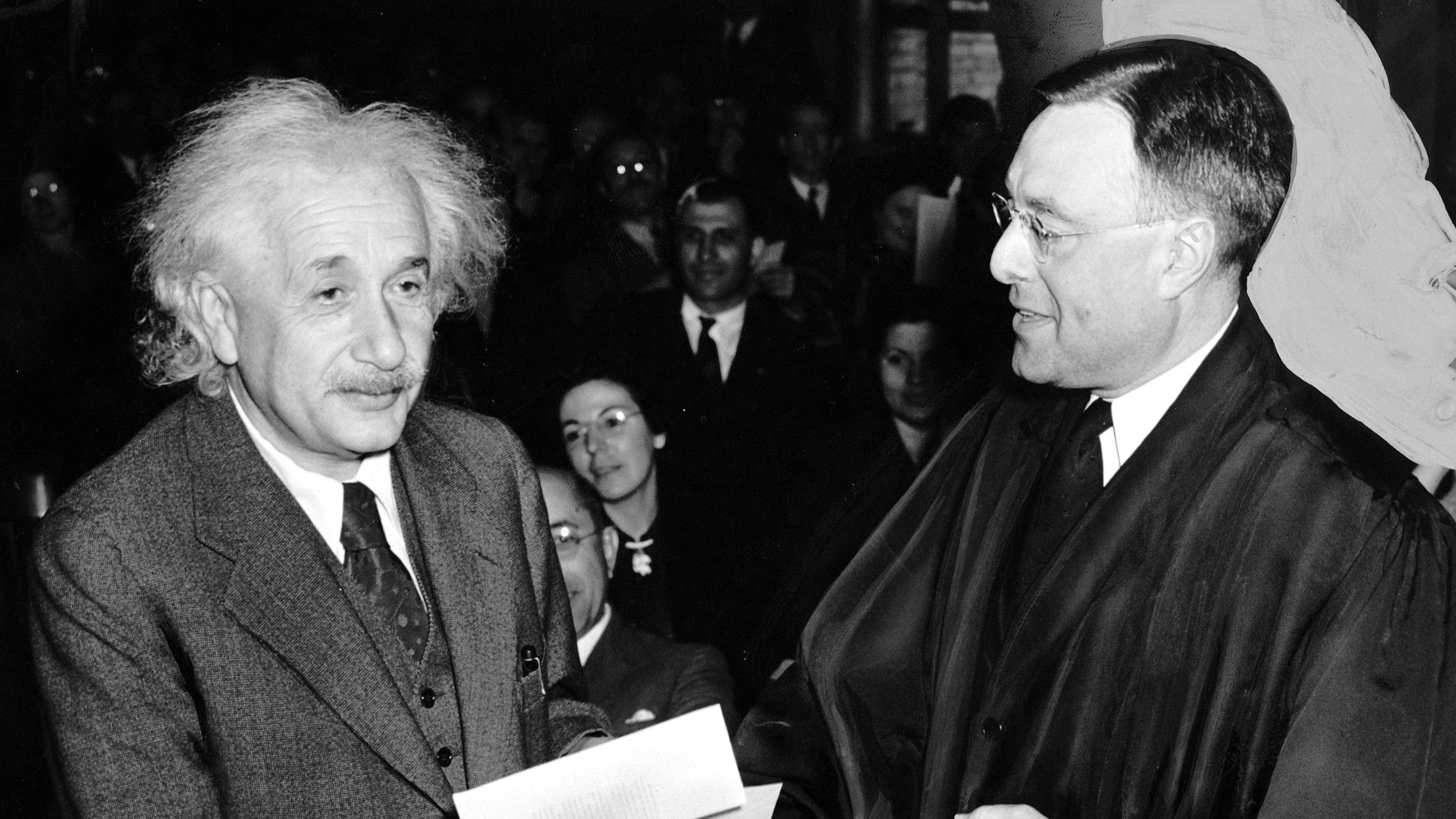Augusten Burroughs has a foolproof cure for writer’s block.
Question: What is your writing process?
Augusten Burroughs: My writing process isn’t really organized. I’ve written every day for a long time and sometimes I’ll write just e-mail to my friends or I’ll write about something that happened to me that day but when I’m actively working on a book I work on it around the clock. I work on it and then I just sleep a little bit to get it out of the way.
I pretty much don’t leave the house. I work in bed actually on my laptop so the first thing I do when I wake up is take a shower, walk the dogs, get dressed and make the bed and get back in to bed and prop myself up with my laptop. So when I’m working on a book and I’ve got to get it finished it’s my world and that book--wherever I am in that book, whether I am 8 years old or 12 or wherever, that’s who and where I am and the details of those days are the details of my life and the year that I live in and the town that I live in just ceases to exist.
Writer’s block I don’t get. I don’t believe in writer’s block. It’s just not real. If anybody out there suffers from writer’s block, it’s easy to get over. Write about the writer’s block. Just sit down and write about the writer’s block.
I’m working on my novel and I can’t figure out the last scene. I seem to be blocked so why am I blocked? And the more you write about it, the more you’ll dissolve it, like dropping a couple of Alka-Seltzer tablets into a glass of water. It’ll fizz and it’ll go away.
Whatever you are blocked on, write about it. That’s essentially whenever you have a problem. Writer’s block is a problem. It’s like anything in life. When you have a problem don’t skirt around it; dive in to it. If you want to find out how powerful the storm is, fly the plane into the eye of the storm, and it’s the same thing with writer’s block.
Question: What is your advice to young writers?
Augusten Burroughs: My advice for young writers would be not to worry about things like voice or style. My advice would be to read good books and a lot of them and to write every day.
You don’t have to read what you write and in fact I wouldn’t read what I’ve written in the beginning. I would just generate the material. Just read. Don’t hang around with people who are negative and who are not supportive of your writing.
Make friends with writers so that you have a community. Hopefully, your community of writer friends will be good and they’ll give you good feedback and good criticism on your writing but really the best way to be a writer is to be a writer. You write. The way to do it is to write and to read. That is the best training is reading excellent books and writing.
Recorded on: April 30, 2008.





